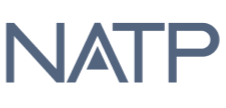What Is the IRS Fresh Start Program?
The IRS Fresh Start Program is one of the most discussed tax relief initiatives, but it can be complicated. This article applies to U.S. federal tax law and breaks down what the Fresh Start Program is, how it works, and how you can qualify. TaxRise has helped thousands of taxpayers use the Fresh Start Program to reduce or resolve their IRS debt legally.
The IRS Fresh Start Program is a set of expanded tax relief policies that make it easier for struggling taxpayers to pay back taxes, avoid garnishments and liens, and even settle their debt for less than the full amount.
What This Means
The Fresh Start Program isn’t a single form or application. It’s a collection of policy changes the IRS introduced to help taxpayers manage and reduce their debt more easily. These changes expanded access to key settlement options like:
- Offer in Compromise (OIC)
- Installment Agreements
- Currently Not Collectible
- Penalty relief
Why Was the Fresh Start Program Created?
The IRS launched the Fresh Start Initiative in 2011 in response to the financial hardships many Americans faced after the Great Recession. The goal was to provide more flexible, realistic paths for taxpayers to become compliant, without harsh enforcement actions.
Since then, the IRS has continued to refine these policies, making tax relief more accessible to middle and low-income taxpayers.
Who Benefits From the Fresh Start Program?
- Taxpayers who owe significant back taxes
- Self-employed individuals or small business owners with financial hardship
- Wage earners unable to pay off debt in full
- People interested in Offers in Compromise or avoiding liens
To benefit from the Fresh Start Program, you must be compliant — meaning you’ve filed all required tax returns. Even if you haven’t yet, professionals like TaxRise can help you get back on track quickly.
What the Fresh Start Program Can Do For You
If you’re struggling with IRS debt, here’s how the Fresh Start Program can help:
- Offer in Compromise: Settle your debt for less than you owe. The Fresh Start updates made more taxpayers eligible by loosening asset and income guidelines.
- Expanded Installment Agreements: You may qualify for a streamlined plan (no financial disclosure required) if your debt is under $50,000.
- Penalty Relief: First-time penalty abatement may be requested to lower your tax bill.
- Tax Lien Thresholds: The IRS raised the debt threshold for filing a federal lien from $5,000 to $10,000, reducing the risk to your credit.
Important: These programs still require accurate forms, proof of hardship, and strict compliance. Working with an experienced tax relief firm improves your odds of approval.
How TaxRise Can Help Taxpayers
TaxRise specializes in helping taxpayers leverage Fresh Start Program benefits. We evaluate your financials, determine which IRS options you qualify for, and handle all the paperwork and negotiation.
Get your free consultation now and find out if you qualify for the IRS Fresh Start Program.
Frequently Asked Questions
- Is the IRS Fresh Start Program still available?
Yes. While not a single application, the Fresh Start policies are still active and built into current IRS tax relief procedures. - How do I apply for the Fresh Start Program?
You apply by pursuing an Offer in Compromise, installment plan, or other resolutions that falls under Fresh Start. A professional can help you choose the right path. - Can I qualify if I haven’t filed taxes in years?
Yes, but you must file all required returns to become eligible for IRS Fresh Start programs. TaxRise can help you file quickly and accurately.
Reviewed by TaxRise Tax Professionals
This article was reviewed by the TaxRise Tax Professional Team. TaxRise has helped thousands of Americans eliminate millions in IRS and state tax debt. This content is for informational purposes only and is not legal or tax advice.





0 Comments